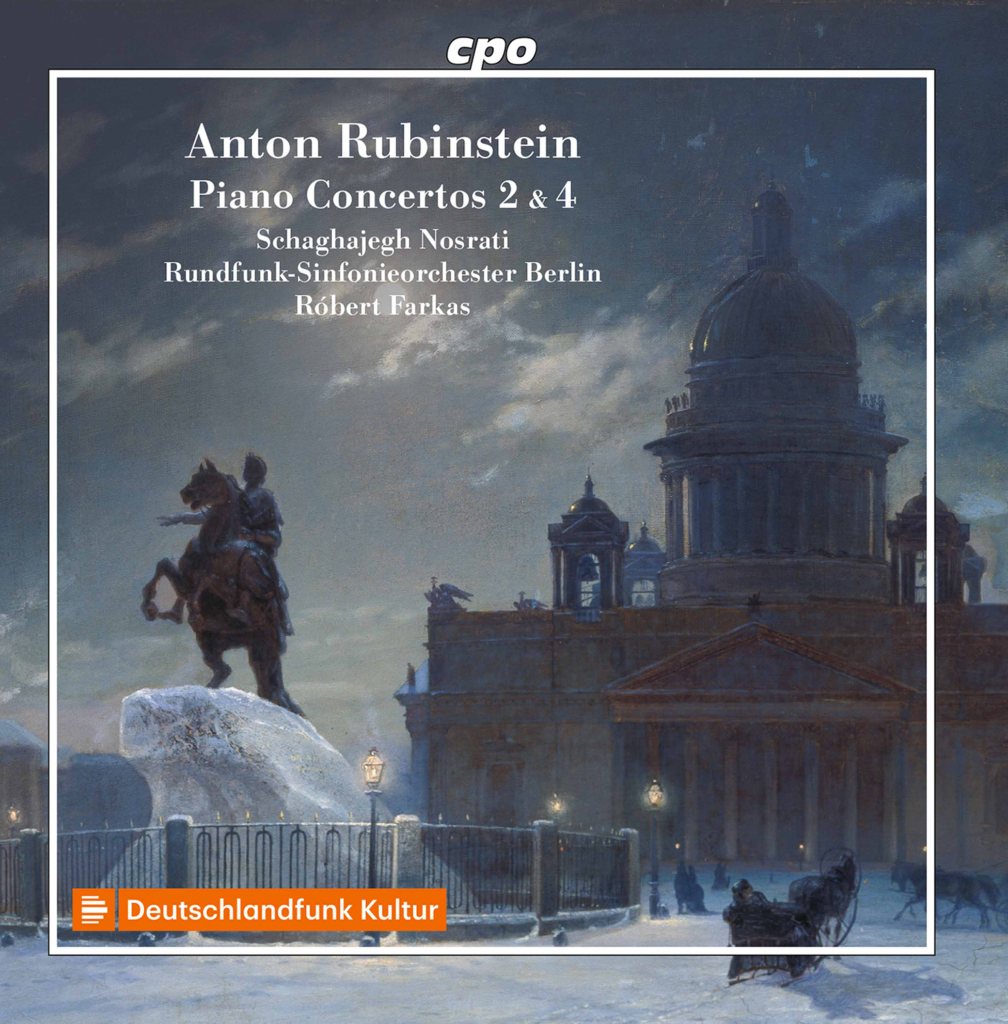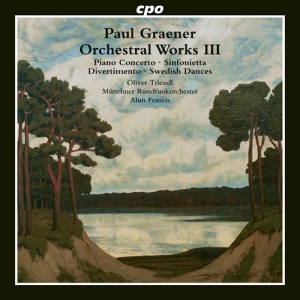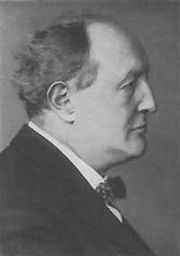Rubenstein Piano Concerto 2 and 4
August 27, 2021
- Post
- Block


Anton Rubinstein (1829-1894). composer, teacher, performer, lived a full life. The head of the school in St. Petersburg, the very first to offer Russian classes in harmony, composition, melody, etc., to the delight of people such as Rachmaninoff, Gliere, and Chopin, the list goes on. However, while a good composer, his promoting himself as a pianist proved to be a downfall for him as the powers that be in Russia didn’t approve, and the composing and touring proved too much for him. For those interested, there is an excellent biography by Philip Taylor that covers his life very well, good and bad. There is also a free autobiography to read on the internet archive. While a good teacher, he didn’t get along well with his students, and as a result, he formed no lasting relationships with any of them.
Born in Vichvatljnetz on the Dniester river 30 miles from Balta. He moved to Moscow at an early age remembering the covered wagon they traveled in. His mother started giving lessons but it soon switched to Villoing, his only teacher. He toured with Villoing and met Empress Alexandra, quite the hit with the rich and famous as a 12- year- old.
He went through a period of time he called his ‘bohemian’ years, suggested by Lizst, who felt lean times were good for a composer. He had times where he had no food for two or three days and the attic he lived in was horrible. He had as a teacher Dehn for counterpoint and harmony who also taught Glinka.
He started the Russian Music Society in 1858/59 which he was head of from 1862-1867, the very first to offer classes in Russian.
Orchestral Works III/Graener
March 21, 2015
“For amongst the youngest our hope is for the preservation
of what their predecessors have created and for the
continuation of their works.”
Paul Graener 1923
If Paul Graener, composer, conductor, and pedagogue had been born fifty years earlier his work would have fit in so well I’m confident he would be far more popular today than the obscurity he is faced with today. Many classical people have no idea who he is. There is now available from CPO three volumes of his orchestral works, the review dealing with the third volume. There is little else available even though his opus numbers are over one hundred.
He was born in Berlin in 1872. Since his parents had passed away when he was very young he was raised by relatives. While he attended school at both Askanisches Gymnasium and Veitsches Konservatorium he failed to graduate from either as his goal seemed to be securing a position as a conductor which he finally secured in 1898 in London. It was in London where he met his wife and had three children, the oldest boy dying at eight years old, a most difficult time for Graener. He moved to Vienna and then Salzburg to acquire conducting positions. He finally returned to Munich and then Berlin eventually assuming a position with the Nazi party, keeping it until 1941. He passed away in November of 1944.
Piano Concerto in A minor, op. 72 (1925)
Graener structured this work in a FSF somewhat common in piano concertos. It had its premiere in Hagen in 1926 and was performed by a student of D’Albert. There are some who call this a symphony concerto as the piano is not the center of attention. What you won’t hear are long dense passages and showy cadenzas but a piano who assumes a prominent role and shares the melody with lush strings and effective woodwinds. The Andante second movement is a quiet reflective one where as in the first movement the piano is not overpowering but not in the background either. You get the feeling that you’re not listening to a piano concerto but a symphony concerto. Horns play a prominent role in the final movement, an Allegro which does show some piano technique, Rachmaninoff influenced. The end is a little showy with a nice brisk closing cadenza to end the movement. At a mere seventeen minutes this concerto could be what one movement could be from Tchaikovsky and Brahms.
Symphonietta, op. 27 (1905)
Dedicated to his first son who had passed away the year before and written in his memory the work was based on his string quartet “memoriam.” A poem by Ludwig Uhland from 1859 On the Death of a Child is a theme of the work. The work is scored for strings and features the harp.
You came, you went, with quiet footfall,
A fleeting guest in our Earth’s land:
Whither? Whence? All we know is this:
From God’s hand into God’s hand.
This adagio-allegretto amabile written for strings and harp begins with a Beethoven #6 type pastorale filled with not only a memorable melody, harmony and texture that will brighten any day. As the piece continues forward the mood switches to one of sadness with a solo violin offering comforting passages. The harp also has a nice offering.
Swedish Dances, op. 98 (1932)
Probably written as a result of a visit to Sweden in 1918 these three brief country dances named after the provinces of Lappland, Ostergoth, and Dalekarlien are written in an ABA style and are a joy to listen to. The first sends you back in time with a minuet style dance with a nicely developed theme. The second is in a similar vein to the first being slightly more energizing and also very pleasant. The third and final is quite majestic in nature. There is very nice harmony from the woodwinds.
Divertimento, op. 67 (1924)
Graener was one of the few composers in the 20th century to return to the divertimento that was popular with Mozart, Haydn, and others. They are light and very easy on the ears. This one is divided into five different pieces each one being roughly three minutes or so.
Allegro vivace- a bright major keyed work lead by strings with harmony from woodwinds and brass. Allegretto scherzando hints as being a fugue only to segue into a nice trumpet solo. Larghetto is a thought provoking piece with a bit of sadness. Un poco allegretto is very much a salon piece offering a melody in a laid back way. Allegro begins with majestic horns which lead to strings, a dominating timpani motif but overall it is the brass who dominate this track.
Alun Francis and the Munchner Rundfunkorchester perform the varied works with all the skill and emotions necessary to bring out the best in these works. A special hand should go to Oliver Triendl and his fine performance of the piano concerto or symphony concerto which ever you prefer.
Track Listing:
PIANO CONCERTO
1. Allegro moderato (6:56)
2. Adagio (6:20)
3. Allegro (4:29)
SINFONIETTA
4. Adagio-Allegretto amabile (19:54)
SWEDISH DANCES
5. Lappland (3:05)
6. Ostergoth (2:14)
7. Dalekarlien (2:14)
DIVERTIMENTO
8. Allegro vivace (3:23)
9. Allegretto scherzando (2:30)
10. Larghetto (3:35)
11. Un poco allegretto (3:56)
12. Allegro (5:04)
Total Time is 64:15

